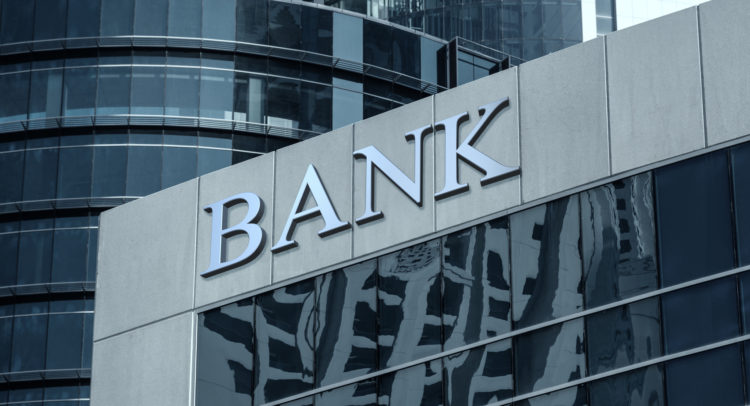DBS Group Holdings ( (DBSDF) ) has released its Q2 earnings. Here is a breakdown of the information DBS Group Holdings presented to its investors.
Claim 50% Off TipRanks Premium and Invest with Confidence
- Unlock hedge-fund level data and powerful investing tools designed to help you make smarter, sharper decisions
- Stay ahead of the market with the latest news and analysis so your portfolio is always positioned for maximum potential
DBS Group Holdings Ltd, a leading financial services group in Asia, is headquartered in Singapore and operates across 18 markets, offering a comprehensive range of banking services including consumer banking, wealth management, and institutional banking. The company is recognized for its digital transformation efforts and strong regional presence.
In its latest earnings report for the first half of 2025, DBS Group Holdings Ltd reported a stable net profit of $5.72 billion despite challenging macroeconomic conditions. The company achieved a record total income of $11.6 billion, driven by strong deposit growth and increased fee income from wealth management and treasury customer sales.
Key financial highlights include a 5% increase in total income to $11.6 billion, with net interest income slightly down by 1% to $7.34 billion due to lower interest margins. However, net fee income rose by 17% to $2.44 billion, led by a significant increase in wealth management fees. The bank’s asset quality remained robust, with a non-performing loan ratio improving to 1.0% and total allowances providing a coverage of 137%.
The second quarter of 2025 saw a modest 1% increase in net profit to $2.82 billion, supported by a 5% rise in total income. Despite a decline in net interest income due to lower interest rates, the bank managed to maintain a stable cost-income ratio of 40%. The bank’s liquidity and capital positions remained strong, with a Common Equity Tier-1 ratio of 17.0%.
Looking ahead, DBS Group Holdings Ltd remains focused on leveraging its digital capabilities and regional footprint to navigate the evolving economic landscape. The management is committed to maintaining strong asset quality and capital adequacy while exploring growth opportunities in key markets.
















